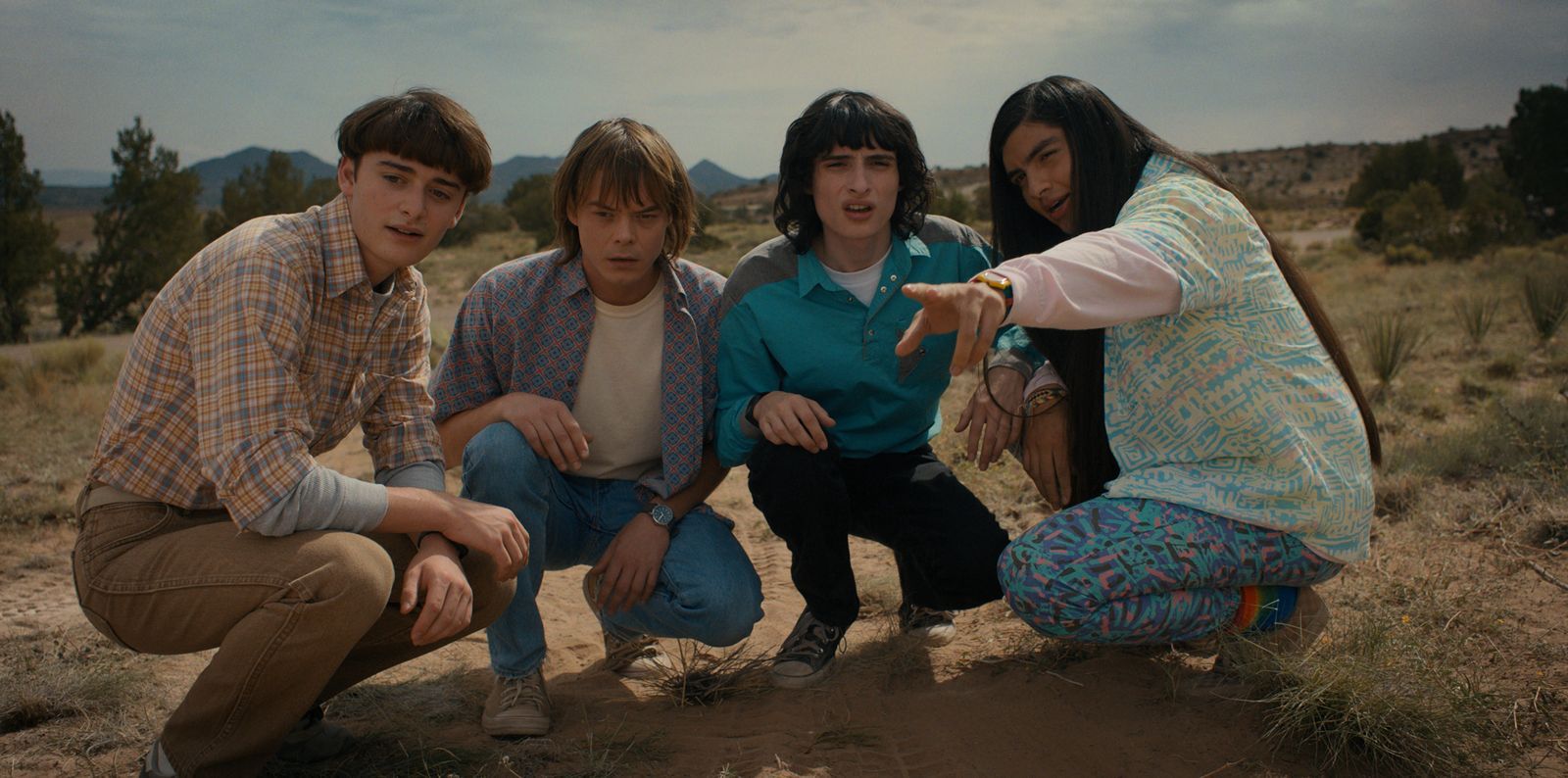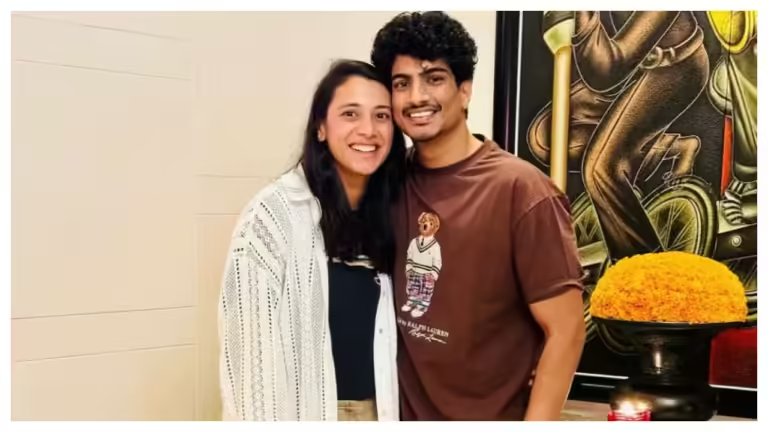
Binge watching has shaped how millions enjoy entertainment for more than ten years. The all-at-once release model changed how streaming platforms competed and how audiences planned their weekends. From full seasons of House of Cards to the huge success of Squid Game, finishing a series in one sitting became a badge of pride for many viewers.
However, a new release style is taking hold. Instead of giving the full season at once, major platforms are using two main styles. One is micro-binge drops, where three or four episodes arrive together. The other is the traditional weekly release, where only one episode comes out each week. Both give viewers something to wait for while spreading the story over several weeks.
Platforms like Netflix, Prime Video, and Disney+ are testing both styles for big shows. Early signs show that audiences stay interested for longer. Conversations about the series continue far beyond the first weekend. This marks a major shift in the way binge watching is evolving.
Why Are Platforms Changing the Model?

For years, the binge watching model was a winning formula. A new season dropped, social media filled with reactions, and the series topped trending lists for a few days. But once fans finished the season, the buzz faded quickly.
Spreading out releases helps solve this problem. Each micro-binge or weekly premiere acts like a mini-event. It sparks new discussions and fan theories. Prime Video used this mix for Reacher season three, giving the first three episodes together before moving to weekly episodes. Netflix did the same with Beauty in Black, premiering eight episodes in late 2024 and releasing the rest in March 2025.
This slower schedule also helps platforms stop people from cancelling too soon. When viewers wait for the next batch or episode, they are less likely to unsubscribe. This keeps them engaged for longer. It also creates more chances for extra content like trailers, interviews, and events.
Hence, the hybrid style blends the thrill of binge watching with the slow suspense of weekly TV. It gives quick enjoyment without burning through the story too fast.
When Weekly Episodes Ruled Television
These new styles are a fresh take on an old tradition. Before streaming, most shows aired once a week. In the West, sitcoms like Friends and The Big Bang Theory came out on the same day and time each week. This became a ritual for many households. Fans spent days talking about the latest episode, sharing jokes, and guessing what would happen next.
In India, the effect was even stronger during the Doordarshan era. Famous shows like Ramayan and Mahabharat aired once a week, pulling in millions of viewers. People often changed their schedules to watch them. Streets went quiet as families gathered in front of the TV. The wait between episodes was part of the fun, and conversations lasted all week.

Now, micro-binge drops and weekly releases are bringing back that same feeling. Even when several episodes release together, viewers can only go so far at once. Weekly releases copy the old TV rhythm exactly, keeping a story alive in public talks for weeks or months.
Binge Watching vs Weekly or Micro-Binge Releases:
Isolation or Shared Momentum
In today’s streaming era, binge watching often means solitude. When platforms drop full seasons at once, viewers can watch entire narratives in one sitting. This speed offers convenience and instant thrill. However, it can also erode social bonds. For example, features like Netflix’s “Next Episode” auto-play encourage back-to-back viewing. As a result, a person might skip dinners with family, ignore phone calls, or pass on time with friends to hit “play.” Over time, this routine can shape weekends into screen-focused marathons and limit real-world interaction.
On the other hand, weekly episodes or micro-binge drops invite gathering and connection. By releasing one episode a week or a small batch, platforms spread a show across days. Consequently, this pacing encourages discussion. Viewers share predictions, debate characters, and plan viewing sessions. In turn, TV becomes part of community life again. For instance, households might pause chores to watch together. Similarly, online groups buzz with theories. Ultimately, watching becomes a shared experience that sustains momentum and strengthens bonds over time.
This contrast reveals how release pacing shapes our social rhythms, either pulling us inward or pulling us together.
Binge Watching or Waiting?
Not everyone likes the change. Long-time binge watchers find slower formats annoying. They love finishing a season in one go. For them, waiting feels like going back to the pre-streaming days.
Others enjoy the slower pace. Fans of Arcane liked its act-based release in three parts, with three episodes each week for three weeks. Wednesday season two had a similar plan. Netflix dropped four episodes on August 6 and set the next part for September 3. Weekly shows like The Mandalorian and The Summer I Turned Pretty keep people talking week after week.
Similarly, Stranger Things season five will follow a three-part release on November 26, December 25, and December 31. Each drop will spark a new wave of online chatter instead of one short burst of hype.
How the Industry is Being Impacted
Streaming platforms are clearly changing their release styles to keep viewers hooked and reduce cancellations.
Netflix’s plan for Stranger Things season five shows this well. The three-part release will keep the show in the spotlight for weeks instead of just one weekend. Disney+ is also testing release mixes, starting with several episodes at once and then moving to weekly ones.

Spaced drops bring repeated waves of online buzz. When Netflix’s Tudum event announced the Stranger Things schedule, the show drew over 250 million impressions in four days. This long-lasting attention gives advertisers more time for brand tie-ins and helps platforms stretch marketing across each release.
The Future of Binge Watching
The micro-binge and weekly release models are unlikely to replace the full-season drop completely. Some shows still benefit from being released all at once, especially reality competitions and limited docuseries. However, the growing popularity of these staggered methods indicates that streaming culture is entering a new phase.
This hybrid approach recognizes the strengths of both old and new models. It gives audiences a taste of instant gratification while encouraging deeper discussion and engagement over time. For platforms, it offers a strategic way to extend the life of their shows and strengthen subscriber loyalty.
As more services experiment with these formats, viewers may need to adjust their own binge watching habits. Instead of finishing a season in a single weekend, audiences might find themselves planning viewing sessions around each drop or weekly release. Whether this shift will redefine the streaming landscape for years to come will depend on how well platforms balance pacing, storytelling, and audience expectations.
In the end, binge watching is no longer just about speed. It is now becoming about how long a story can hold your attention, how deeply it can draw you into its world, and how it can keep you talking long after the credits roll.
For more such insightful updates, stay tuned with The World Times.



